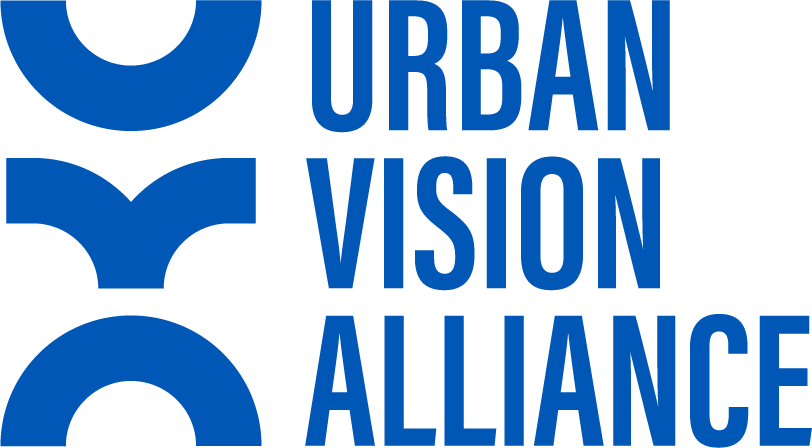Homelessness, roughly defined as living in a place unfit for human habitation, is often brief and temporary. Most people experiencing homelessness are unseen — they are in shelters, in temporary housing, living doubled up, in cars, or couch surfing. These homeless Americans are not on display in our public spaces .
Chronic Homelessness
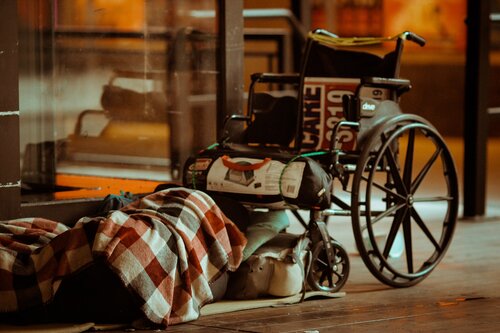
Visible, unsheltered homelessness most often concerns a specific, smaller part of the overall homeless population. A disproportionate number of people commonly seen living on the street in sleeping bags, tents, or other makeshift shelters are chronically homeless. The federal definition of chronic homelessness requires two hallmarks. First, a person experiencing chronic homelessness is homeless for a period of 12 months continuously or cumulatively within certain parameters. Second, that person must also have a documented qualifying disabling condition — such as a physical disability, untreated mental illness, or a chronic health problem — that prevents them from working. These hallmarks of chronic homelessness are critical distinctions from the larger overall homeless population because the presence of the qualifying disability helps to explain the persistence of chronic homelessness.
Chronic homelessness is often neglected in city plans and overlooked by private funders. Chronically homeless people rarely generate the same level of sympathy or positive activism as other subpopulations, such as homeless families, veterans, or children. As a result, cities underinvest in nonpunitive solutions to chronic homelessness and instead rely on expensive, often ineffective, and possibly illegal means to manage it, such as sweeps.
Sources: HUD Defining Chronically Homeless, Discrimination & Well-Being Among the Homeless & Why Cities Should Embrace Homeless Encampments
Unsheltered Homelessness
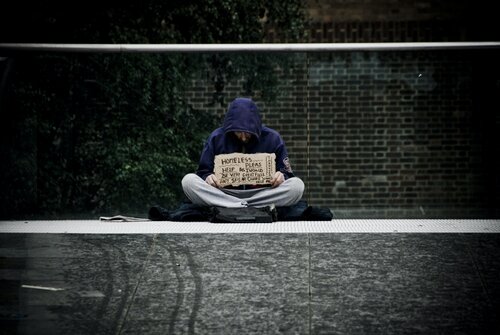
2020 marks the first time since data collection began that more individuals experiencing homelessness were unsheltered than were sheltered. 73 percent of the Bay Area’s homeless population is unsheltered, the highest rate in the United States. This is due to local opposition to shelters, a shifting legal environment, climate, and the prioritization of permanent housing.
Sources: HUD 2020 Annual Homeless Assessment Report & Bay Area Council’s Bay Area Homeless 2021 Report
Single Adults
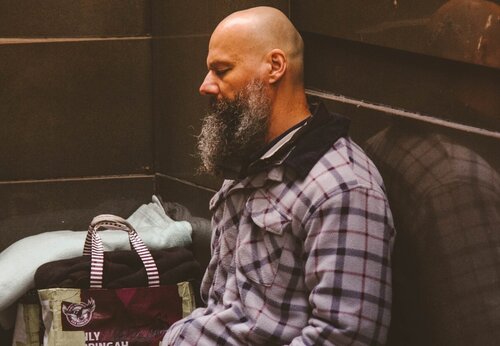
In 2020, most of the people who experienced homelessness, 408,891, were single adults, and did not suffer from chronic mental illness, substance abuse, or other disabling conditions. They were often homeless for a relatively short time before reconnecting to housing.
Futher, 51 percent or 209,413 single adults were unsheltered, marking the first time there are more individuals living unsheltered than in shelter. Specifically, 70 percent were men, 29 percent were women, and 1 percent identified as transgender or gender non-conforming.
Sources: HUD 2020 Annual Homeless Assessment Report, Council for the Homeless & HUD 2020 Annual Homeless Assessment Report
Unaccompanied Youth
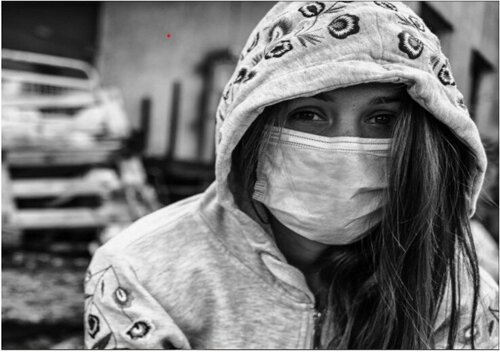
Children account for 18 percent of those experiencing homelessness across the U.S. Unaccompanied youth with chronic patterns of homelessness increased by fifteen percent between 2019 and 2020.
HUD’s Point-in-Time (PIT) count data collection includes information on the number of young adults and children, people under the age of 25, who are experiencing homelessness “unaccompanied”— that is, without a parent or guardian present. Children and youth who experience homelessness on their own are 23 percent of all people under the age of 25 experiencing homelessness.
Unaccompained Youth Point-in-Time 2020

24 & older: 42.8% | 18 – 24: 45.6% | Under 18: 11.6%
On a single night in 2020, 34,000 people under the age of 25 experienced homelessness as unaccompanied youth. Compared to all individuals experiencing homelessness, unaccompanied youth were more often non-white (52% of youth vs. 46% of all individuals), Hispanic/Latino (25% vs. 20%), female (39% vs. 29%), or identifying themselves other than as male or female (4% vs. 1%). The key driver in the sizable increase (21%) in the number of unsheltered people was chronic patterns of homelessness.
Families
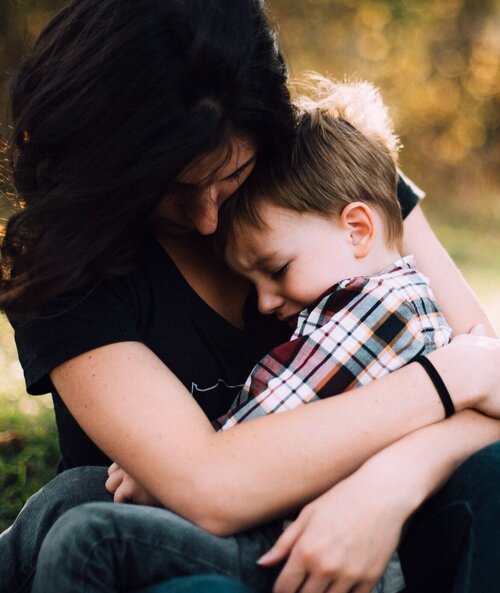
The number of unsheltered people in families with children increased for the first time since data collection began. In 2020, just under 172,000 people in families with children were experiencing homelessness. While most people in families with children were in sheltered locations (90%), the number of unsheltered people in families increased by 13 percent. This increase offset a decline in sheltered people in families with children, so the overall level of family homelessness was essentially the same in 2020 as in 2019.
Lesbian, Gay, Bisexual, Transgender, and Queer (LGBTQ+)
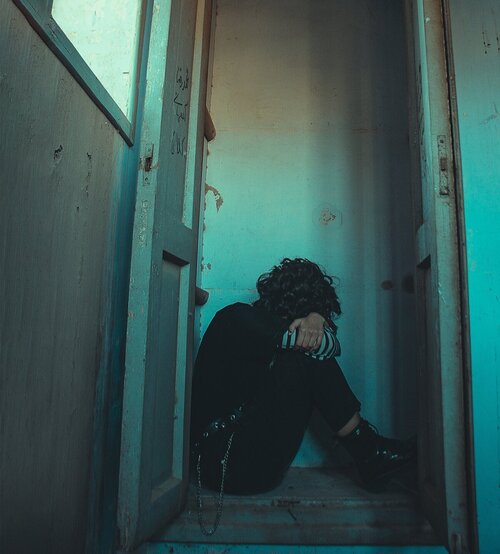
We know that in California, approximately 25% of youth in schools who report forms of unstable housing are LGBT. Nationally, one study estimated that 22% of youth experiencing homelessness across 22 U.S. counties are LGBT. Regarding adults, there are no nationally representative datasets of the population of people experiencing homelessness or housing insecurity that include measures of sexual orientation and gender identity.
Veterans
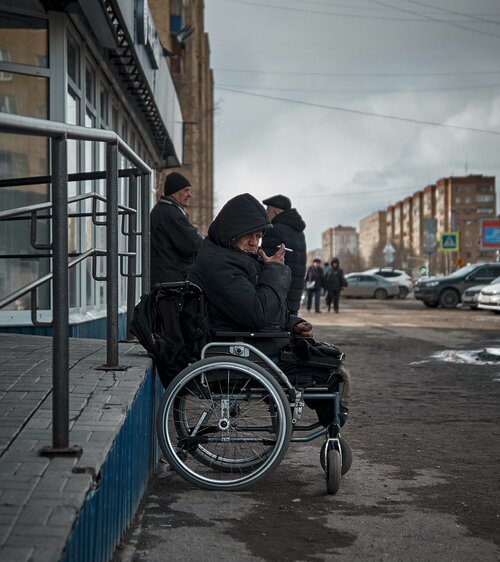
Between 2019 and 2020, the number of unsheltered veterans increased by six percent, offset by a three percent decline in sheltered veterans. Overall, the number of veterans experiencing homelessness remained unchanged, following considerable reductions in the population in prior years. The number hovers around 37,000. Increases in unsheltered veterans occurred in all geographic types.
Sources: HUD 2020 Annual Homeless Assessment Report & VA Homeless Program Point-in-Time Count
Ways to Join Us
Donate
Every dollar leads to positive impact.
Be an Ambassador
Use your connections for a cause.
Join the Alliance
We’re looking for companies that care.
